Code
HCS29725
Weight
300 gm / 0.66 lbs
Size
Height
85cm (33") Width
57cm (22") Material
Cotton Canvas & Natural Color
Availability
Available

Safe Payment
We accept Paypal, Money Transfer, Bank Transfer
Confidence
Protection covers your purchase and personal data.
Worldwide Delivery
We ship Worldwide, except Russia.Shipping cost US$25.2 for upto 0.5 kgs

Hotline
Talk to help line for your question on 9841267335Old Stock Thangka : Old Stock Thangka
This Atisha Dipankara Shrijnana Thangka, Buddhist Traditional Painting, Tibetan Style, [real Gold], [oiled Thangka], [old Stock] Atisa is our old stock collection, Experience the captivating allure of the "Timeless Splendor" thangka painting, a rare and extraordinary masterpiece that embodies the essence of ancient artistic traditions. Created approximately 15 to 20 years ago, this painting showcases the meticulous artistry and devotion of a single artist, who skillfully prepared the canvas and brought the artwork to life.
The age of this painting adds to its rarity and significance. With its creation dating back 15 to 20 years, it carries the legacy of traditional artistic techniques. Once this collection is sold, no more paintings of its kind will be produced, making it an extraordinary find for art enthusiasts and collectors.
What sets this thangka painting apart is the genuine and thick layers of gold meticulously applied by the artist. The result is a resplendent and opulent appearance that captivates the viewer's gaze. Unlike contemporary practices where different artists handle different aspects of the painting, this unique artwork is a testament to the singular vision and talent of one artist, ensuring a harmonious and unified composition. Read More . . .
This Atisha Dipankara Shrijnana Thangka, Buddhist Traditional Painting, Tibetan Style, [real Gold], [oiled Thangka], [old Stock] Atisa is our old stock collection, Experience the captivating allure of the "Timeless Splendor" thangka painting, a rare and extraordinary masterpiece that embodies the essence of ancient artistic traditions. Created approximately 15 to 20 years ago, this painting showcases the meticulous artistry and devotion of a single artist, who skillfully prepared the canvas and brought the artwork to life.
The age of this painting adds to its rarity and significance. With its creation dating back 15 to 20 years, it carries the legacy of traditional artistic techniques. Once this collection is sold, no more paintings of its kind will be produced, making it an extraordinary find for art enthusiasts and collectors.
What sets this thangka painting apart is the genuine and thick layers of gold meticulously applied by the artist. The result is a resplendent and opulent appearance that captivates the viewer's gaze. Unlike contemporary practices where different artists handle different aspects of the painting, this unique artwork is a testament to the singular vision and talent of one artist, ensuring a harmonious and unified composition. Read More . . .
Thanka Oiled : About Oil Antique Finishing
The Atisha Dipankara Shrijnana Thangka, Buddhist Traditional Painting, Tibetan Style, [real Gold], [oiled Thangka], [old Stock] Atisa Thangka, featuring an oiled antique finish, is a remarkable and captivating work of art. This thangka has undergone a finishing process that involves the application of a special varnish, resulting in an antique appearance. The intention is to create the impression that the painting has been graced by the presence of butter lamps over an extensive period. Read More . . .
The Atisha Dipankara Shrijnana Thangka, Buddhist Traditional Painting, Tibetan Style, [real Gold], [oiled Thangka], [old Stock] Atisa Thangka, featuring an oiled antique finish, is a remarkable and captivating work of art. This thangka has undergone a finishing process that involves the application of a special varnish, resulting in an antique appearance. The intention is to create the impression that the painting has been graced by the presence of butter lamps over an extensive period. Read More . . .
Use of Real Gold
This thangka of Atisha Dipankara Shrijnana Thangka, Buddhist Traditional Painting, Tibetan Style, [real Gold], [oiled Thangka], [old Stock] Atisa has real gold painted on its surface along with other paints. This is an ancient process of decorating the thangka in Tibetan Buddhism, Here gold is ground into gold dust, which is then mixed with other undisclosed material to make it paintable on the canvas. this mixture is then mixed with transparent glue and painted on the thangka. Read More . . .
This thangka of Atisha Dipankara Shrijnana Thangka, Buddhist Traditional Painting, Tibetan Style, [real Gold], [oiled Thangka], [old Stock] Atisa has real gold painted on its surface along with other paints. This is an ancient process of decorating the thangka in Tibetan Buddhism, Here gold is ground into gold dust, which is then mixed with other undisclosed material to make it paintable on the canvas. this mixture is then mixed with transparent glue and painted on the thangka. Read More . . .
Introduction to Thangka
A thangka, also known as tangka, thanka, or tanka, is a vibrant and intricate Tibetan Buddhist painting that serves as a visual representation of spiritual teachings. Crafted with meticulous detail on cotton or silk appliqué, thangkas depict a wide range of subjects including Buddhist deities, sacred scenes, mandalas, and narrative stories. These sacred artworks are traditionally kept unframed and rolled up for storage, resembling ancient scrolls. To protect their delicate nature, thangkas are mounted on textile backings and often adorned with a silk cover on the front. Proper preservation in dry environments is crucial to maintain the integrity and longevity of the silk. Read More . . .
A thangka, also known as tangka, thanka, or tanka, is a vibrant and intricate Tibetan Buddhist painting that serves as a visual representation of spiritual teachings. Crafted with meticulous detail on cotton or silk appliqué, thangkas depict a wide range of subjects including Buddhist deities, sacred scenes, mandalas, and narrative stories. These sacred artworks are traditionally kept unframed and rolled up for storage, resembling ancient scrolls. To protect their delicate nature, thangkas are mounted on textile backings and often adorned with a silk cover on the front. Proper preservation in dry environments is crucial to maintain the integrity and longevity of the silk. Read More . . .
Atisha Dipankara Shrijnana, commonly known as Atisha, was a revered Buddhist scholar and teacher who played a significant role in revitalizing Buddhism in Tibet during the 10th and 11th centuries. His teachings had a profound impact on Tibetan Buddhism, leading to a revival of spiritual practice and understanding in the region. Atisha's arrival in Tibet in 1042 CE marked a turning point for the Buddhist tradition in the country.
Alternative Names:
Common Name: Atisha
Tibetan Name: ??????????????????????????????????? (A-ti-sha Reje Ngönpa Chenpo'i Zhel Dam)
Chinese Name: ?? (Cháng Xián)
Alternative Names:
Common Name: Atisha
Tibetan Name: ??????????????????????????????????? (A-ti-sha Reje Ngönpa Chenpo'i Zhel Dam)
Chinese Name: ?? (Cháng Xián)
Iconography:
There is no specific iconography associated with Atisha as a deity. He is typically depicted as a revered Buddhist scholar and teacher, often portrayed in traditional monastic robes, seated in a meditation posture or engaged in teaching.
History:
Atisha was born in Bengal (present-day Bangladesh) in 982 CE. He received comprehensive Buddhist education and became a renowned scholar. Atisha's teachings emphasized the practice of bodhicitta (the mind of enlightenment) and the cultivation of compassion. His arrival in Tibet was a response to the invitation of the Tibetan king, Lha Lama Yeshe Ã, who sought to revive and restore Buddhism in his kingdom.
Temples and Monasteries:
While there are no specific temples or monasteries dedicated solely to Atisha, his teachings are widely revered and practiced in various Buddhist monastic institutions and centers around the world. In Nepal, you can find numerous monasteries and centers where his teachings are studied and followed, such as Ka-Nying Shedrub Ling Monastery and Shechen Monastery.
Benefits of Practicing Atisha's Teachings:
Practicing the teachings of Atisha brings numerous benefits to practitioners. These include:
Cultivating compassion and loving-kindness towards all beings.
Developing wisdom and insight into the nature of reality.
Awakening the mind of enlightenment (bodhicitta) and striving for the benefit of all sentient beings.
Overcoming negative emotions and cultivating positive qualities.
Establishing a strong foundation for spiritual growth and progress on the path to liberation.
How to Practice Atisha's Teachings:
To practice Atisha's teachings, one can engage in the following practices:
Studying Atisha's treatises and commentaries on Buddhist philosophy and meditation.
Cultivating compassion through practices such as loving-kindness (metta) meditation.
Engaging in ethical conduct and moral discipline.
Developing mindfulness and awareness through meditation and contemplation.
Engaging in practices of generosity and benefiting others.
Mantra of Atisha:
There is no specific mantra associated with Atisha as a deity. However, practitioners often recite the mantra of Avalokiteshvara, the bodhisattva of compassion, as a means of invoking compassion and blessings, which aligns with Atisha's teachings.
There is no specific iconography associated with Atisha as a deity. He is typically depicted as a revered Buddhist scholar and teacher, often portrayed in traditional monastic robes, seated in a meditation posture or engaged in teaching.
History:
Atisha was born in Bengal (present-day Bangladesh) in 982 CE. He received comprehensive Buddhist education and became a renowned scholar. Atisha's teachings emphasized the practice of bodhicitta (the mind of enlightenment) and the cultivation of compassion. His arrival in Tibet was a response to the invitation of the Tibetan king, Lha Lama Yeshe Ã, who sought to revive and restore Buddhism in his kingdom.
Temples and Monasteries:
While there are no specific temples or monasteries dedicated solely to Atisha, his teachings are widely revered and practiced in various Buddhist monastic institutions and centers around the world. In Nepal, you can find numerous monasteries and centers where his teachings are studied and followed, such as Ka-Nying Shedrub Ling Monastery and Shechen Monastery.
Benefits of Practicing Atisha's Teachings:
Practicing the teachings of Atisha brings numerous benefits to practitioners. These include:
Cultivating compassion and loving-kindness towards all beings.
Developing wisdom and insight into the nature of reality.
Awakening the mind of enlightenment (bodhicitta) and striving for the benefit of all sentient beings.
Overcoming negative emotions and cultivating positive qualities.
Establishing a strong foundation for spiritual growth and progress on the path to liberation.
How to Practice Atisha's Teachings:
To practice Atisha's teachings, one can engage in the following practices:
Studying Atisha's treatises and commentaries on Buddhist philosophy and meditation.
Cultivating compassion through practices such as loving-kindness (metta) meditation.
Engaging in ethical conduct and moral discipline.
Developing mindfulness and awareness through meditation and contemplation.
Engaging in practices of generosity and benefiting others.
Mantra of Atisha:
There is no specific mantra associated with Atisha as a deity. However, practitioners often recite the mantra of Avalokiteshvara, the bodhisattva of compassion, as a means of invoking compassion and blessings, which aligns with Atisha's teachings.


![Atisha Dipankara Shrijnana Thangka, Buddhist Traditional Painting, Tibetan Style, [real Gold], [oiled Thangka], [old Stock] Atisa](https://handicraftseller.com/uploads/pics/product/thumb/2023/06/29725_1.jpg)
![Atisha Dipankara Shrijnana Thangka, Buddhist Traditional Painting, Tibetan Style, [real Gold], [oiled Thangka], [old Stock] Atisa](https://handicraftseller.com/uploads/pics/product/thumb/2023/06/29725_2.jpg)
![Atisha Dipankara Shrijnana Thangka, Buddhist Traditional Painting, Tibetan Style, [real Gold], [oiled Thangka], [old Stock] Atisa](https://handicraftseller.com/uploads/pics/product/thumb/2023/06/29725_3.jpg)
![Atisha Dipankara Shrijnana Thangka, Buddhist Traditional Painting, Tibetan Style, [real Gold], [oiled Thangka], [old Stock] Atisa](https://handicraftseller.com/uploads/pics/product/thumb/2023/06/29725_4.jpg)
![Atisha Dipankara Shrijnana Thangka, Buddhist Traditional Painting, Tibetan Style, [real Gold], [oiled Thangka], [old Stock] Atisa](https://handicraftseller.com/uploads/pics/product/thumb/2023/06/29725_5.jpg)
![Atisha Dipankara Shrijnana Thangka, Buddhist Traditional Painting, Tibetan Style, [real Gold], [oiled Thangka], [old Stock] Atisa](https://handicraftseller.com/uploads/pics/product/thumb/2023/06/29725.jpg)
![Atisha Dipankara Shrijnana Thangka, Buddhist Traditional Painting, Tibetan Style, [real Gold], [oiled Thangka], [old Stock] Atisa](https://handicraftseller.com/uploads/pics/product/thumb/2023/06/29725_0.jpg)
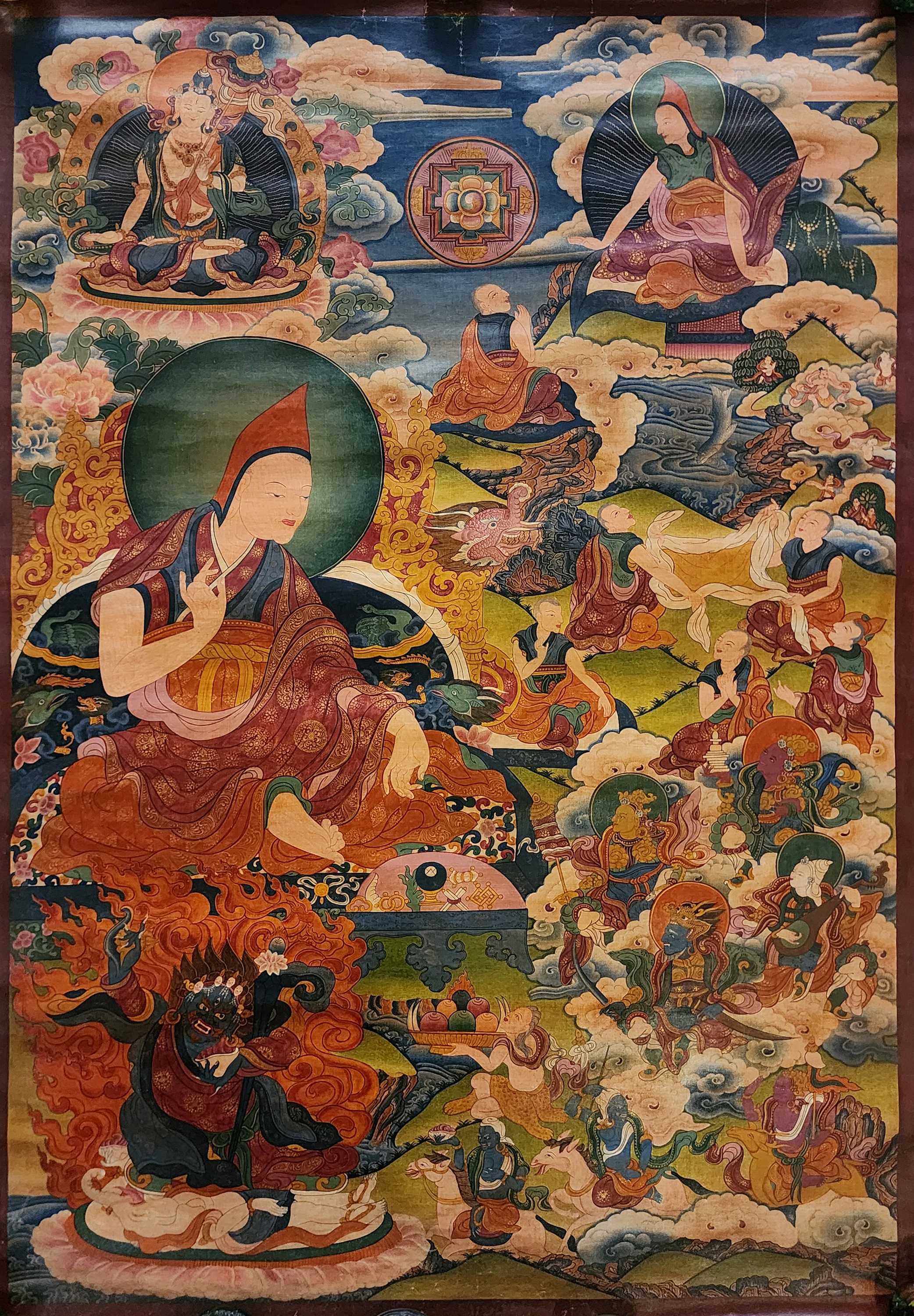









 of Padmasambhava,
of Padmasambhava, 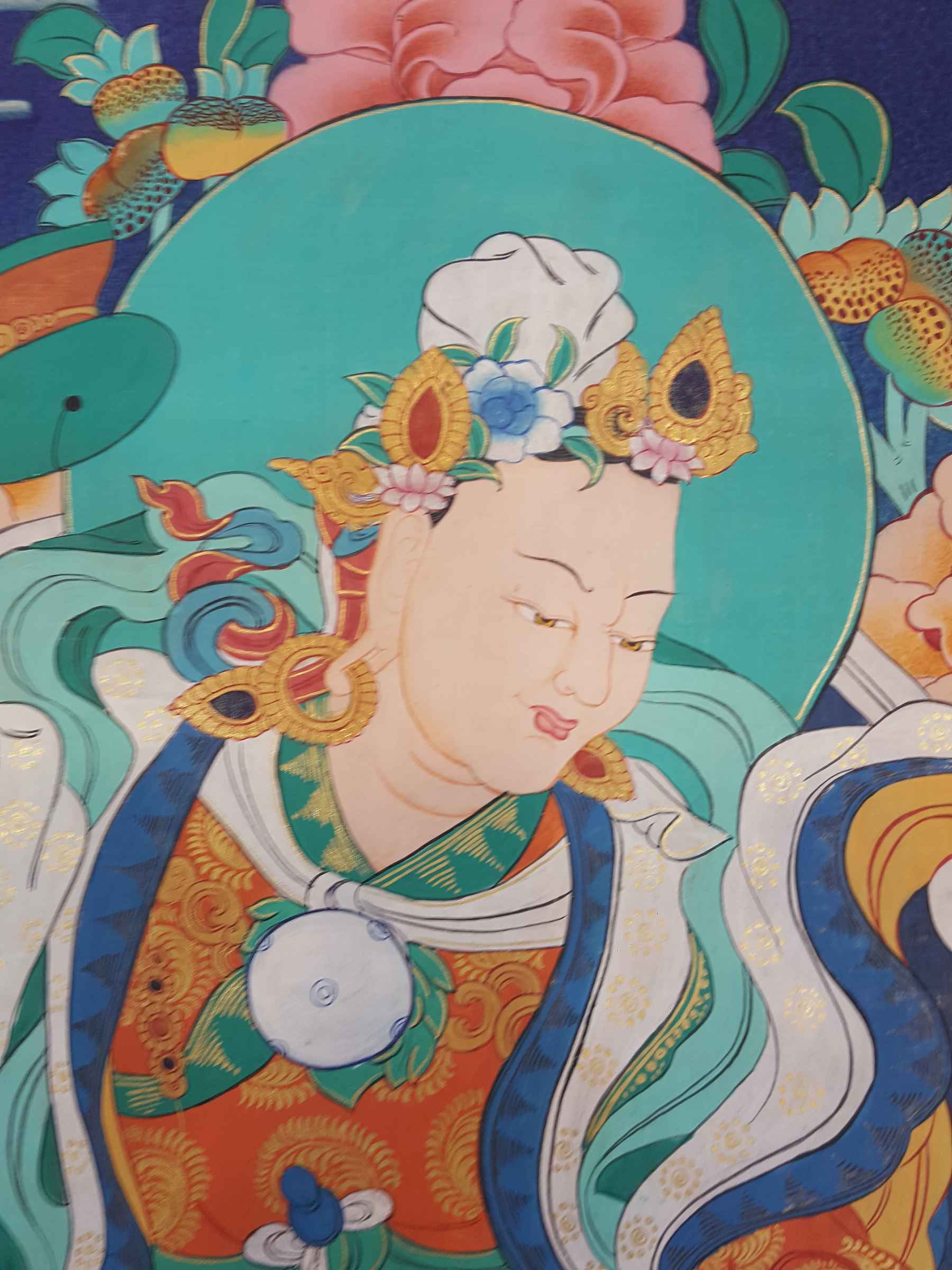 of Padmasambhava,
of Padmasambhava, 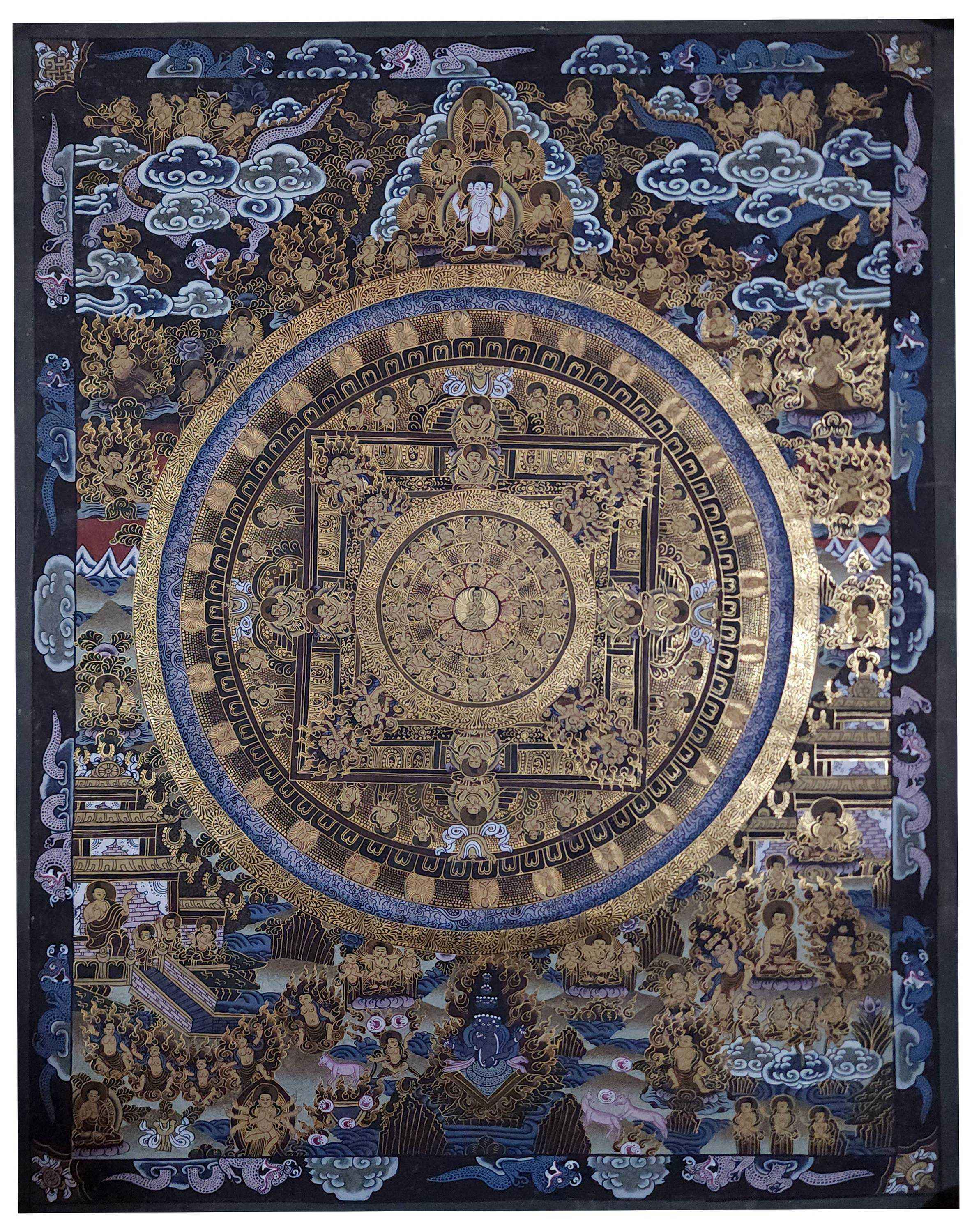 Old Stock, Mandala Thangka, Buddhist Handmade Thangka, Hand Painted, Antique, Real Gold" title="
Old Stock, Mandala Thangka, Buddhist Handmade Thangka, Hand Painted, Antique, Real Gold" title="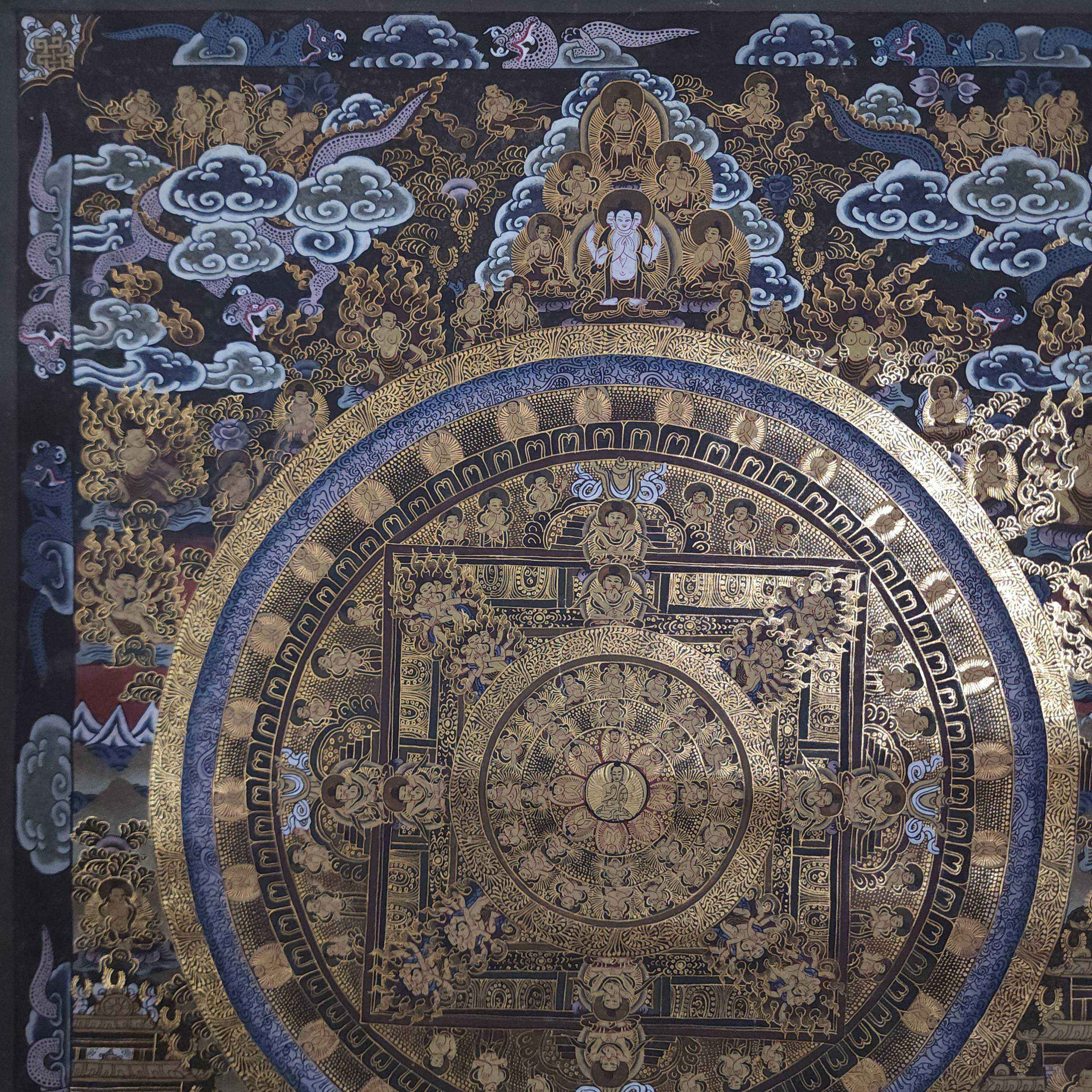 Old Stock, Mandala Thangka, Buddhist Handmade Thangka, Hand Painted, Antique, Real Gold" title="
Old Stock, Mandala Thangka, Buddhist Handmade Thangka, Hand Painted, Antique, Real Gold" title="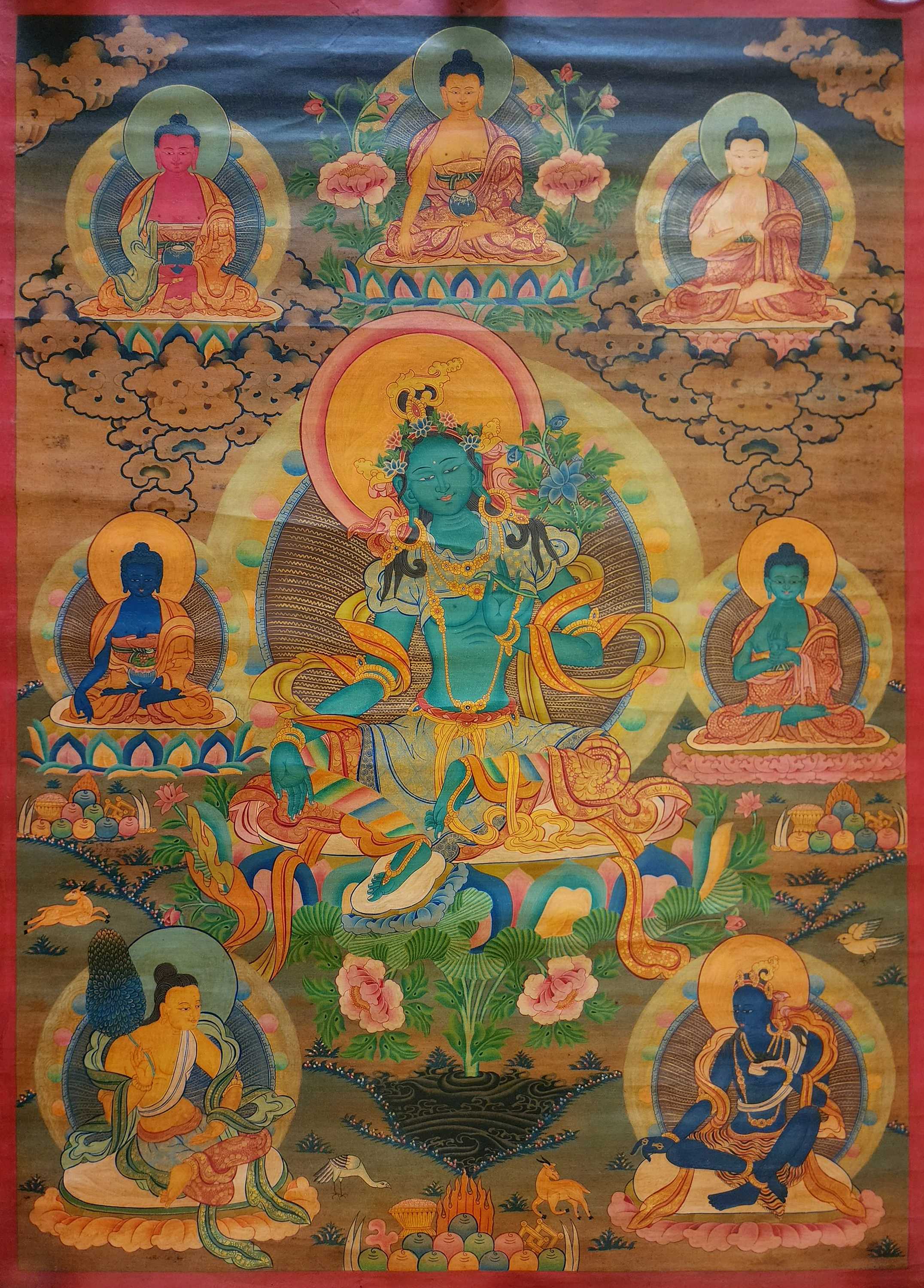 with Pancha Buddha, Buddhist Traditional Painting, Tibetan Style,
with Pancha Buddha, Buddhist Traditional Painting, Tibetan Style, 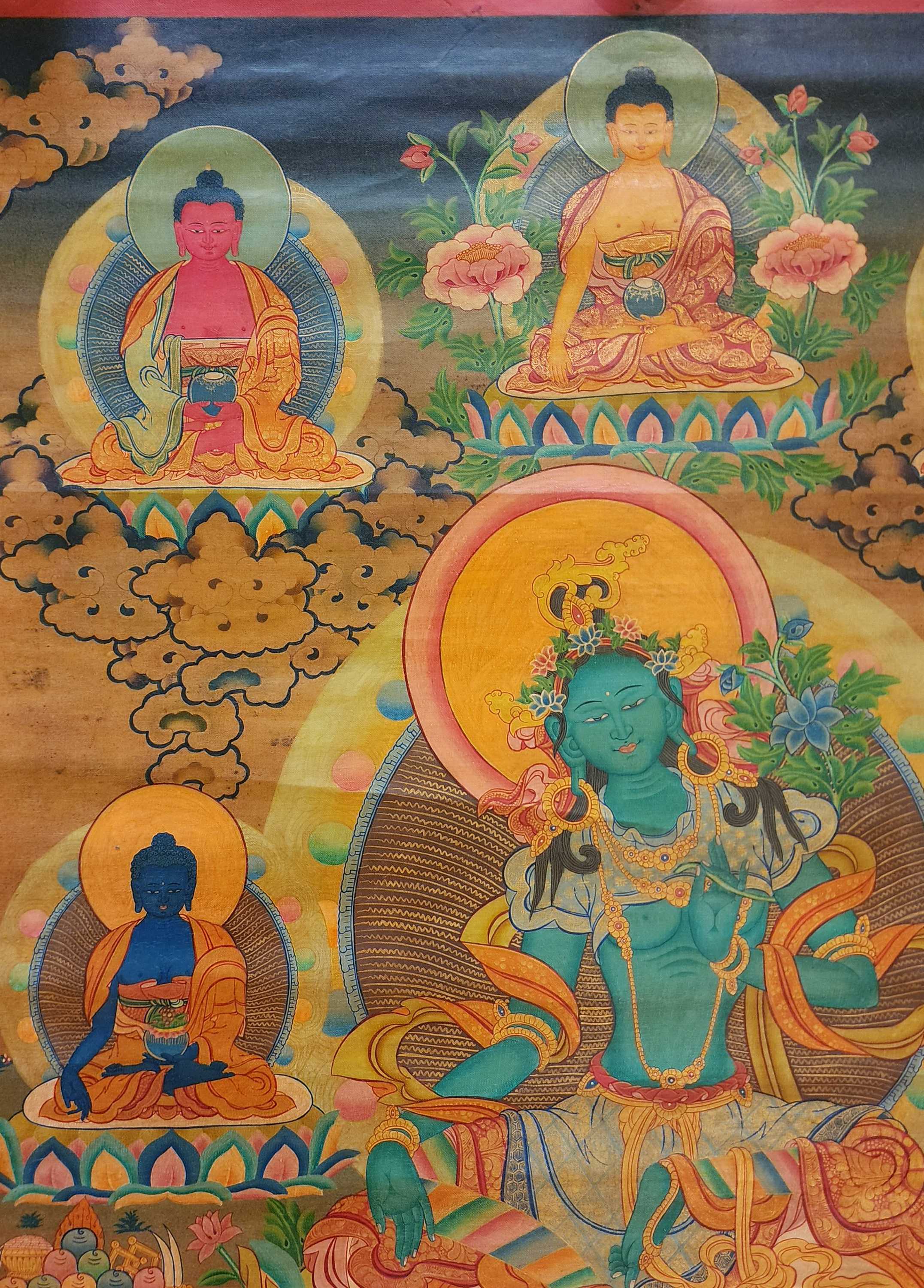 with Pancha Buddha, Buddhist Traditional Painting, Tibetan Style,
with Pancha Buddha, Buddhist Traditional Painting, Tibetan Style, 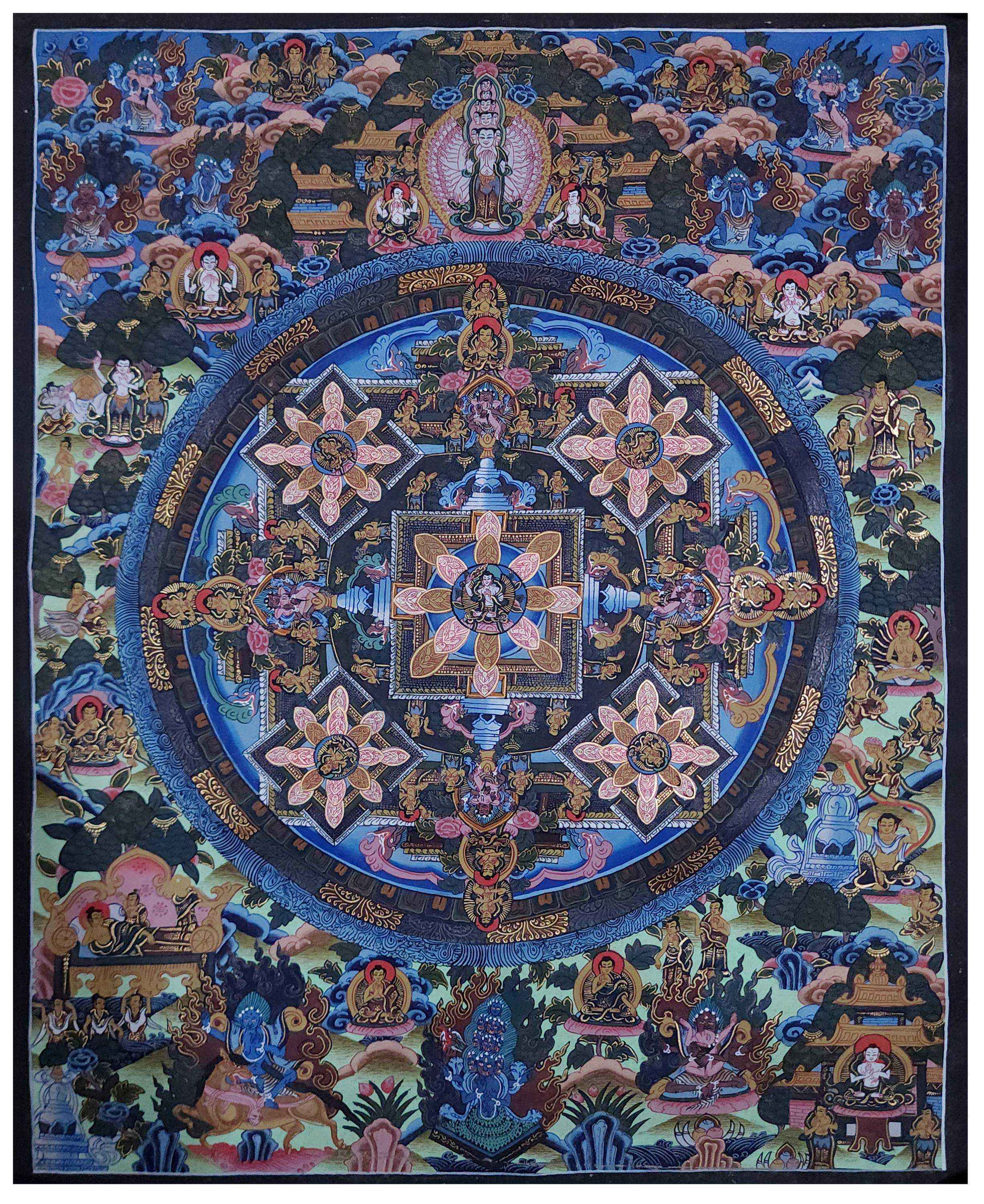 Old Stock, Mandala Thangka, Buddhist Handmade Thangka, Hand Painted, Antique, Real Gold" title="
Old Stock, Mandala Thangka, Buddhist Handmade Thangka, Hand Painted, Antique, Real Gold" title="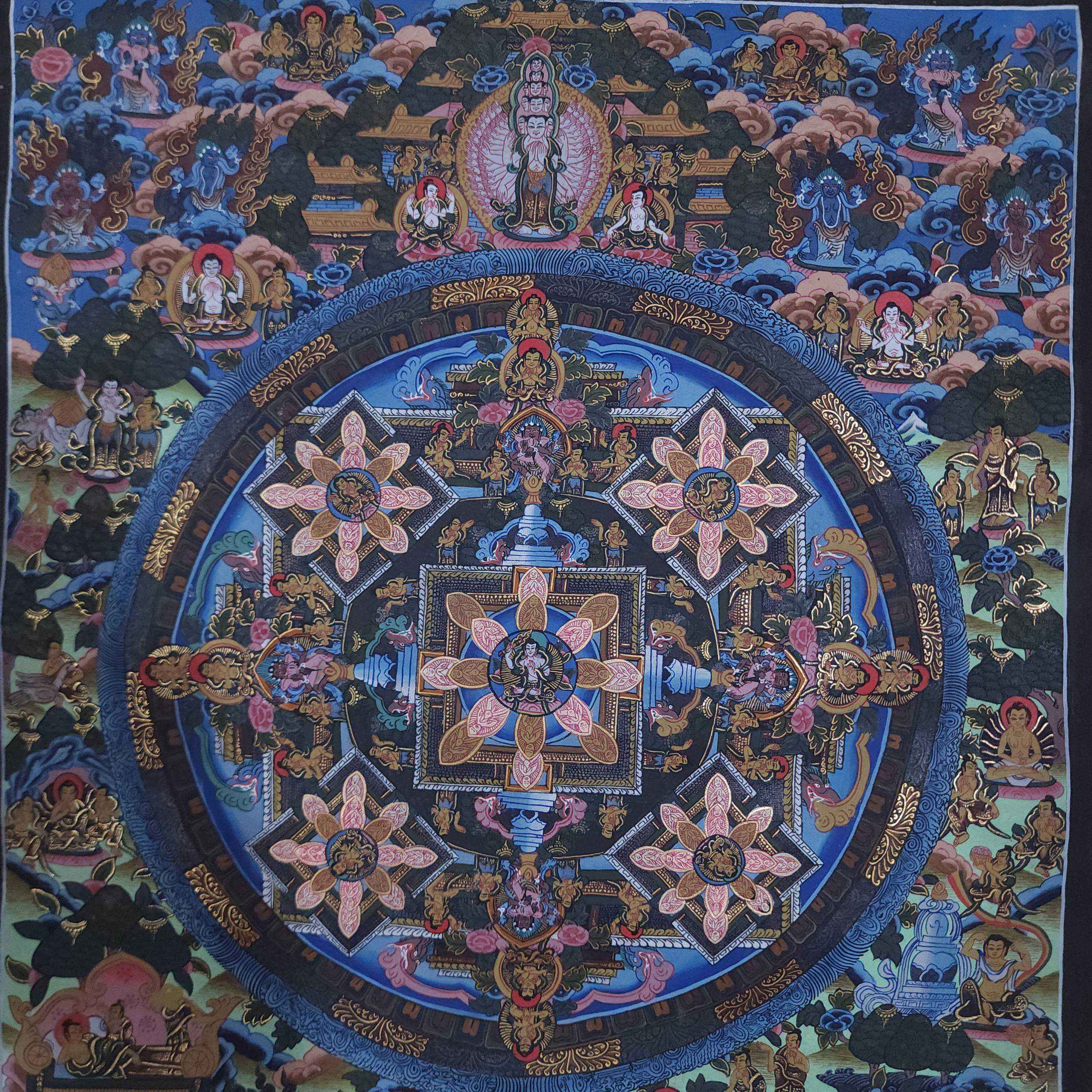 Old Stock, Mandala Thangka, Buddhist Handmade Thangka, Hand Painted, Antique, Real Gold" title="
Old Stock, Mandala Thangka, Buddhist Handmade Thangka, Hand Painted, Antique, Real Gold" title="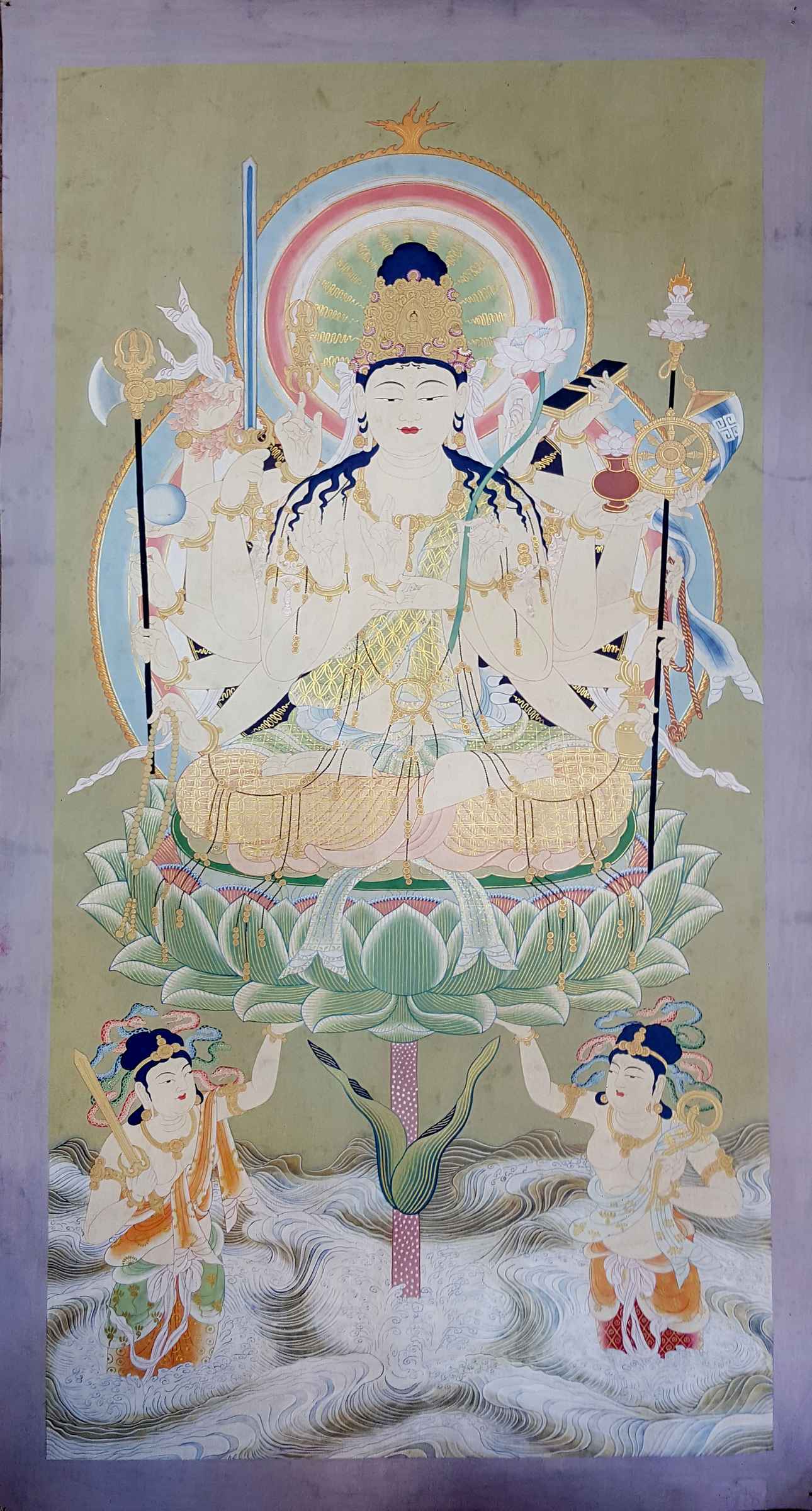 of Japanese Guanyin
of Japanese Guanyin 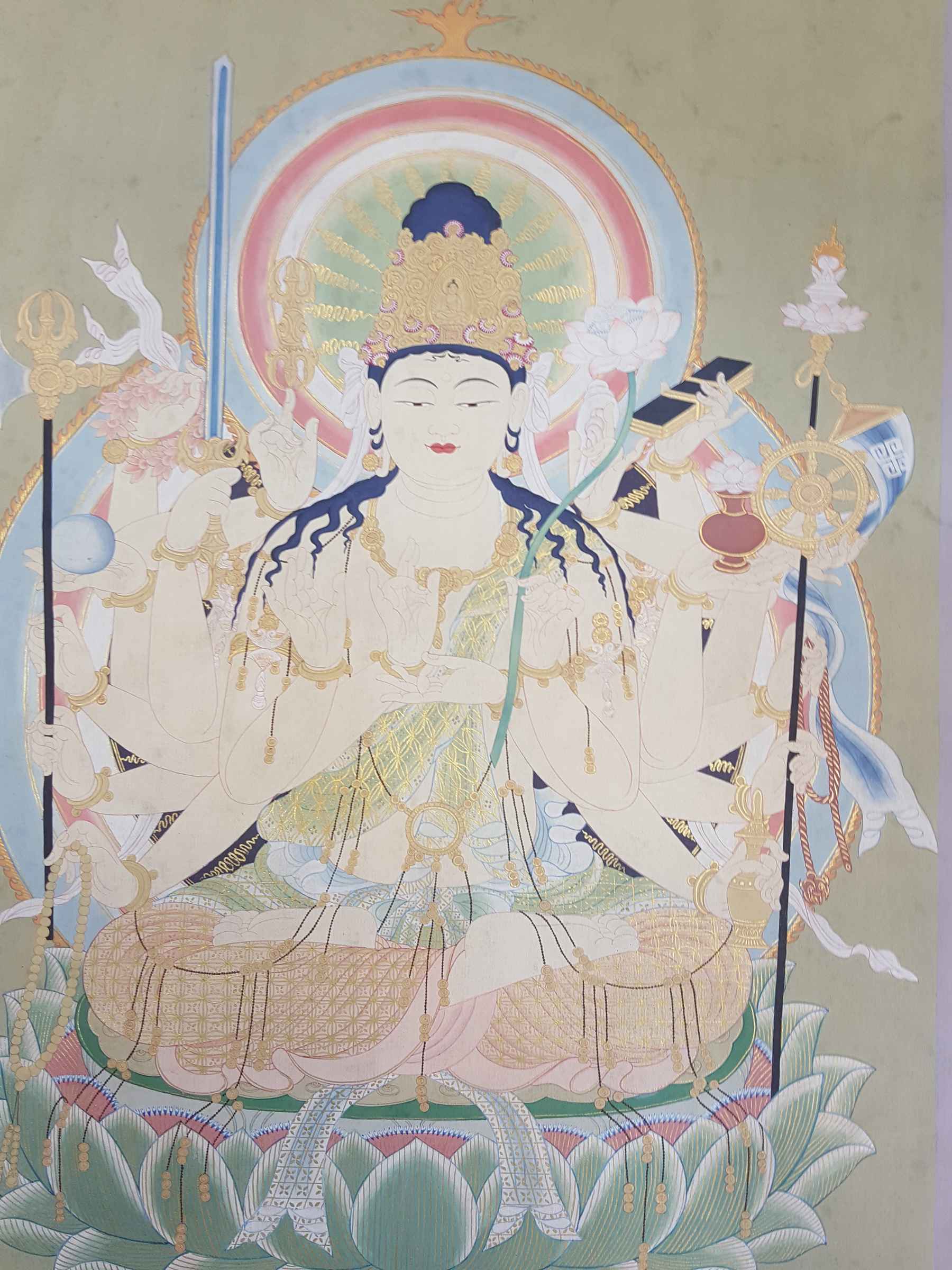 of Japanese Guanyin
of Japanese Guanyin 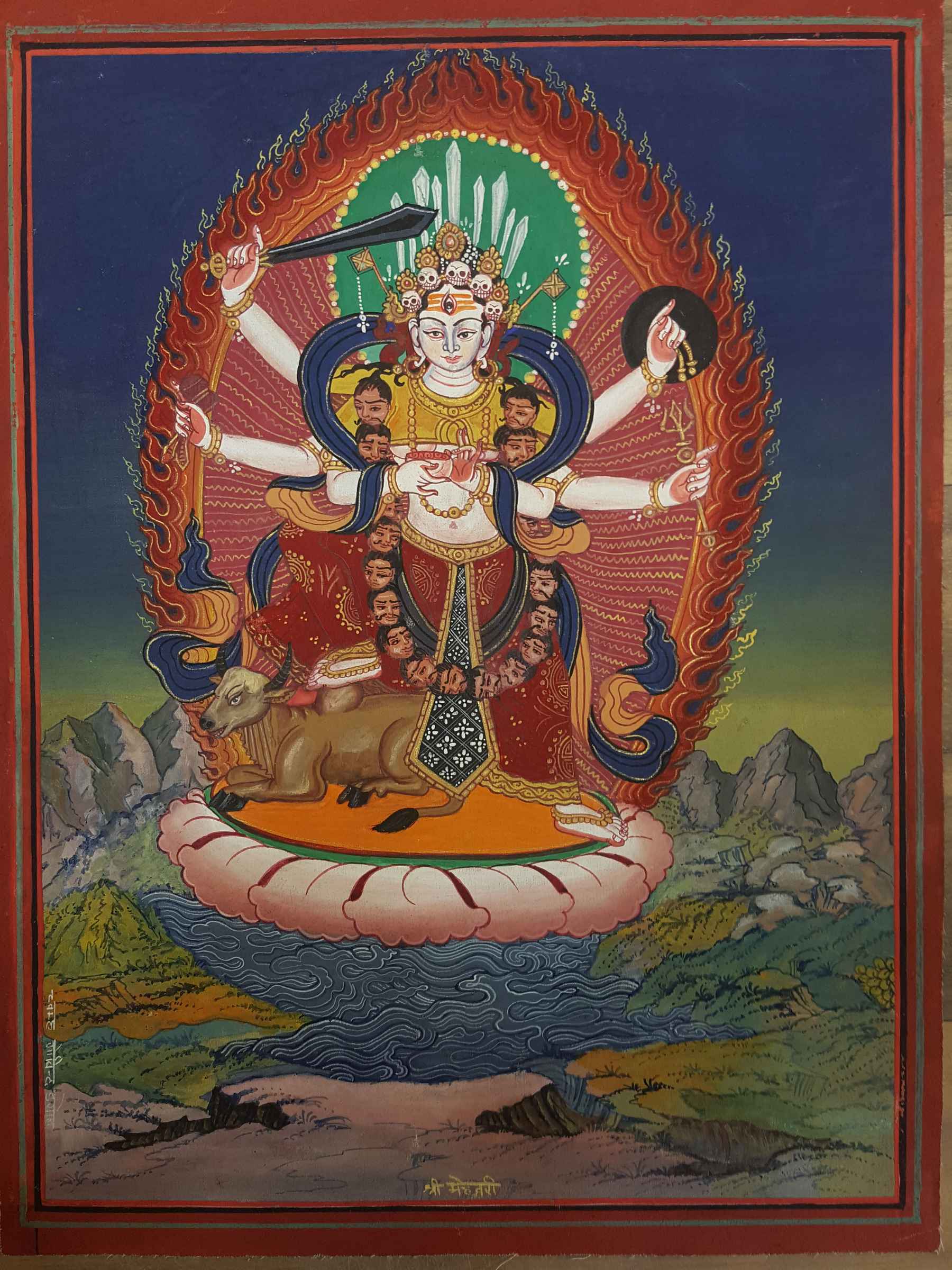 of Maheswari
of Maheswari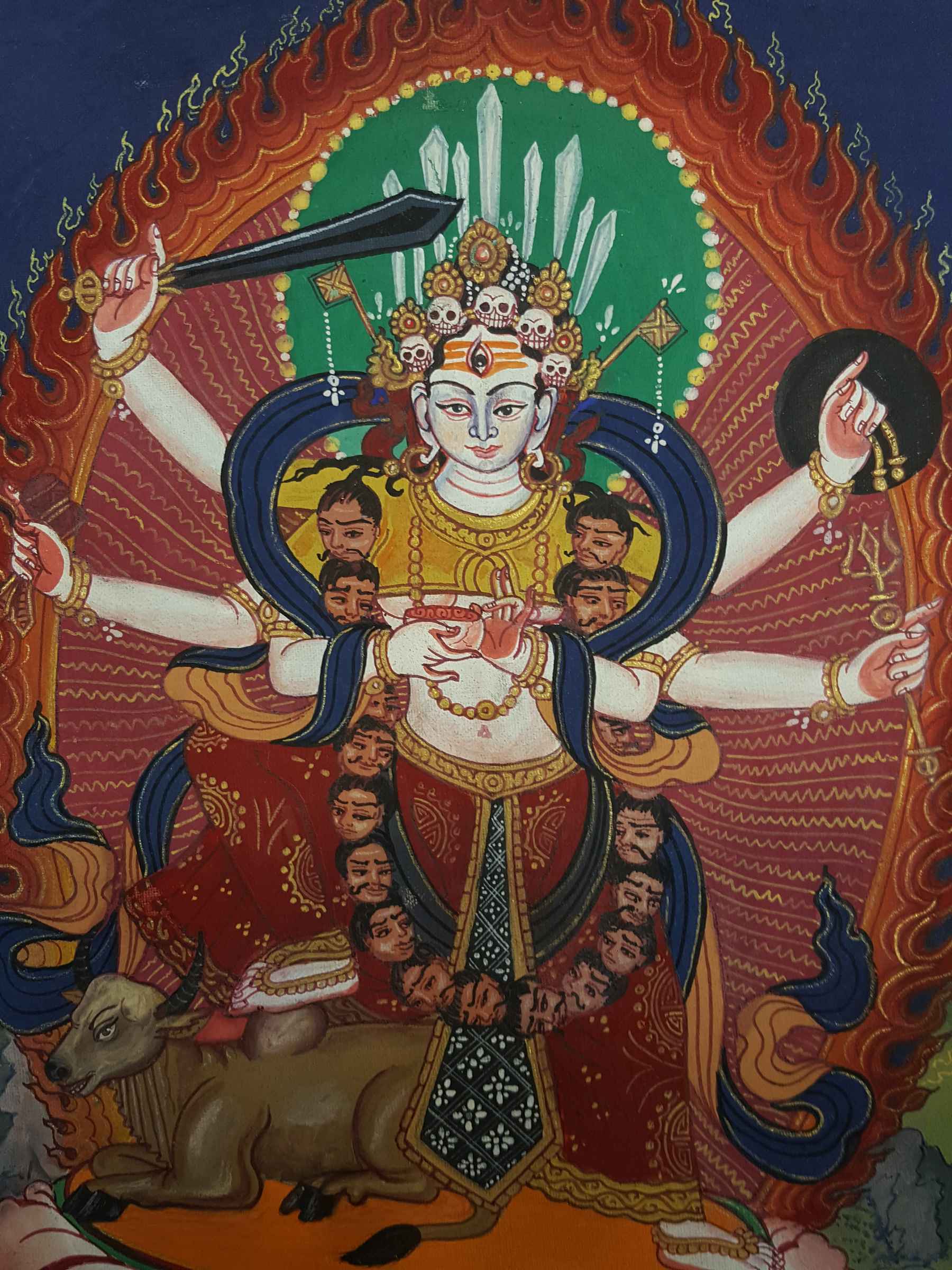 of Maheswari
of Maheswari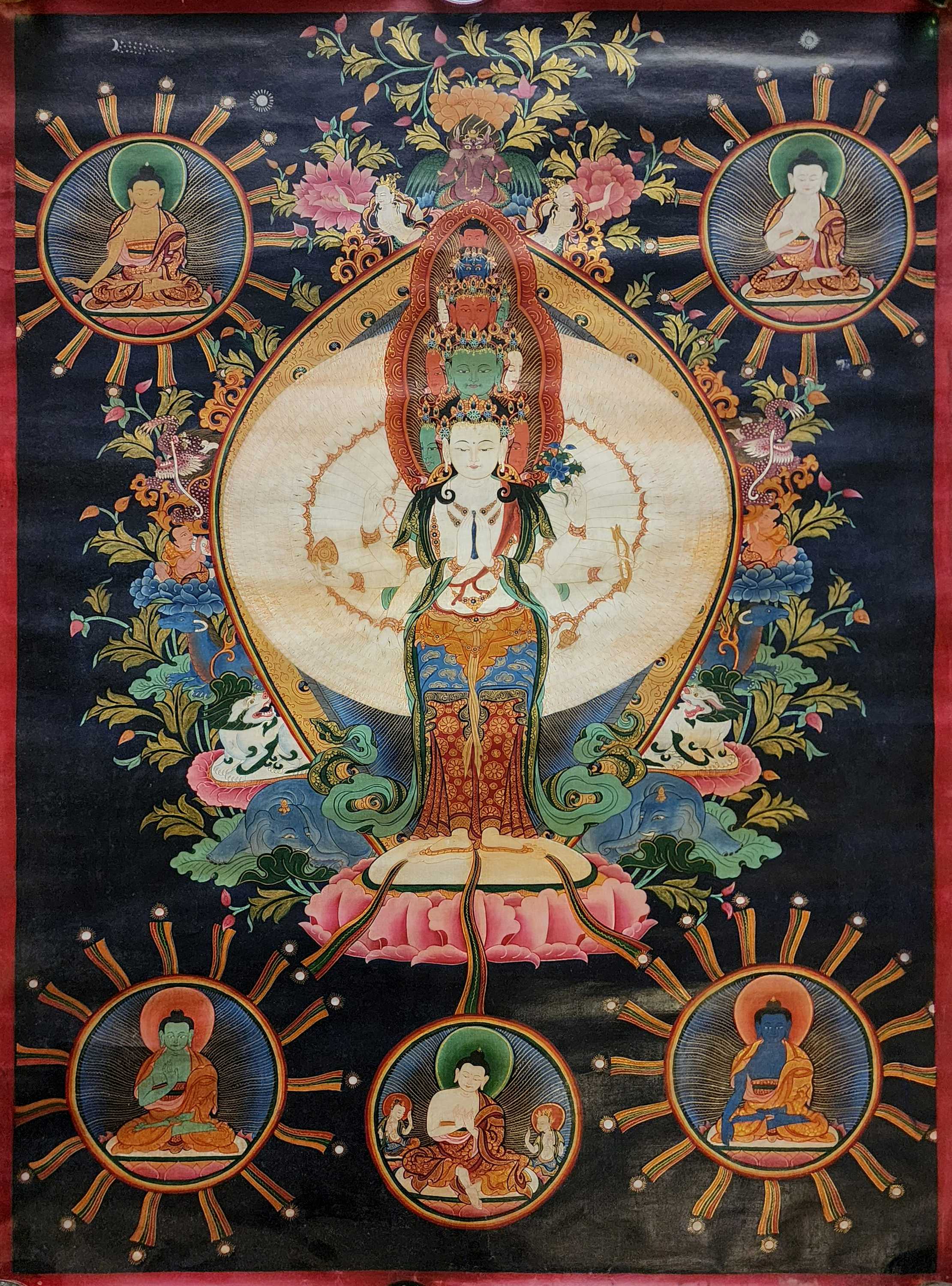 Master Quality, Buddhist Traditional Painting, Tibetan Style,
Master Quality, Buddhist Traditional Painting, Tibetan Style, 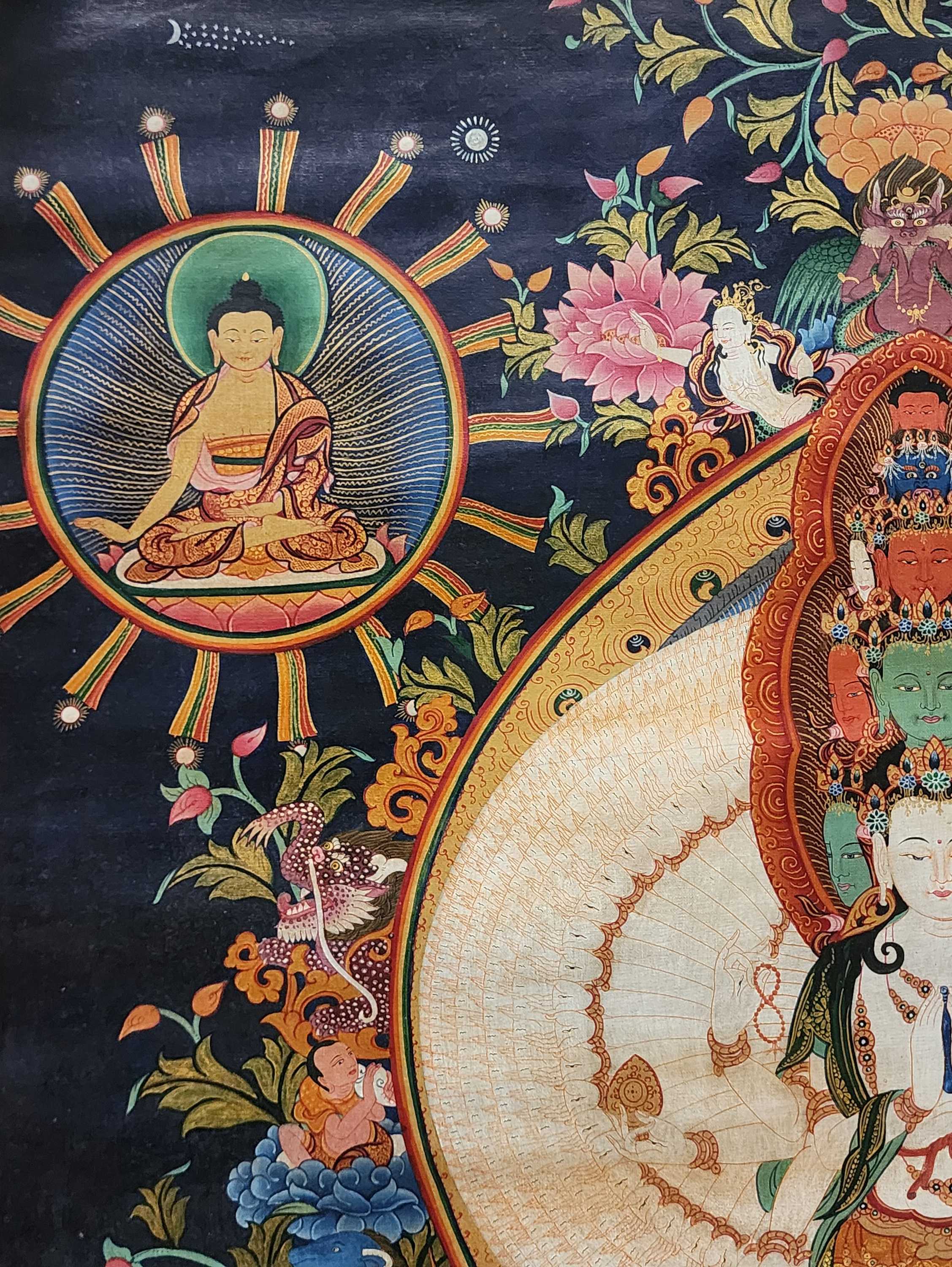 Master Quality, Buddhist Traditional Painting, Tibetan Style,
Master Quality, Buddhist Traditional Painting, Tibetan Style, 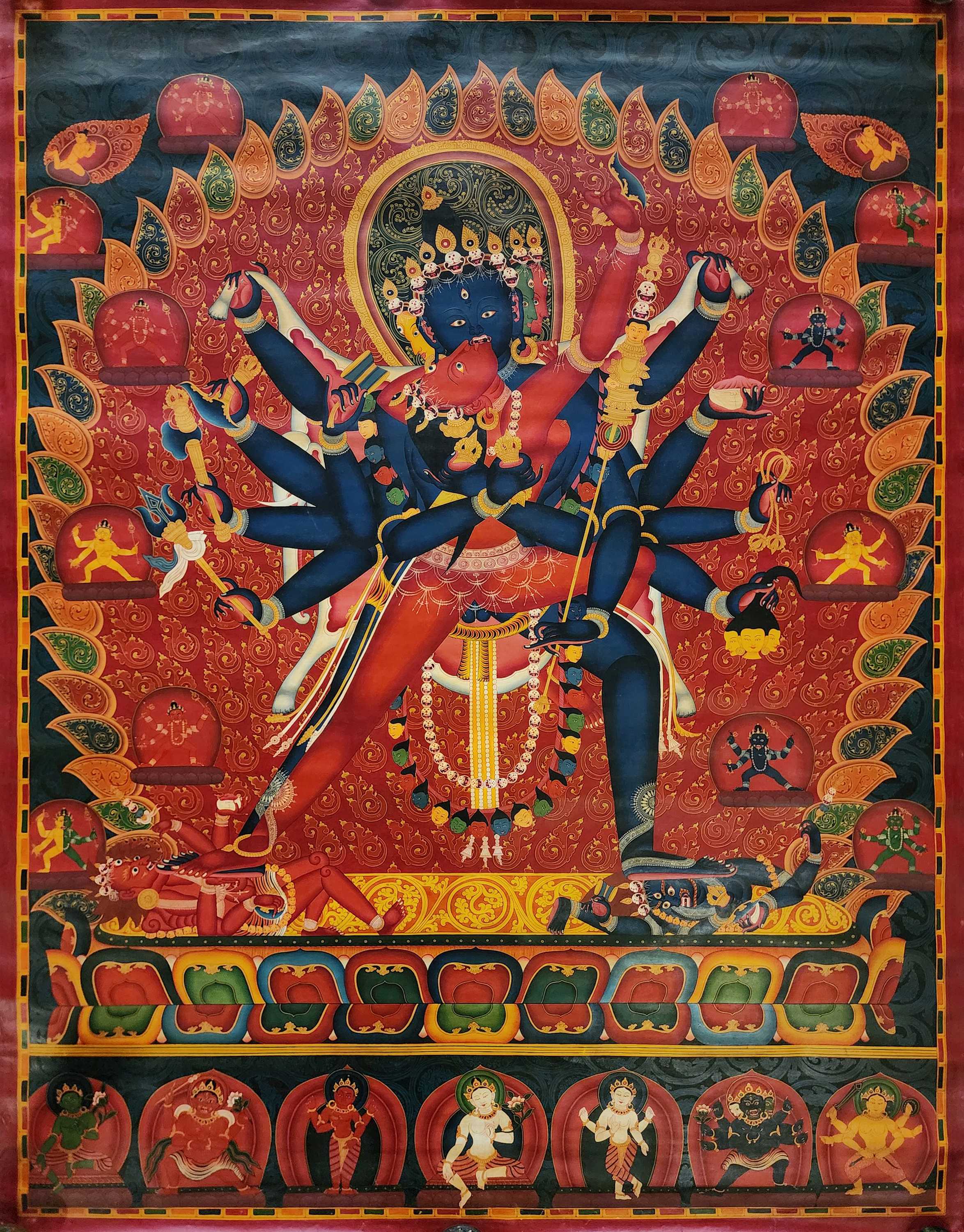 Newari Thangka, Buddhist Traditional Painting, Tibetan Style,
Newari Thangka, Buddhist Traditional Painting, Tibetan Style, 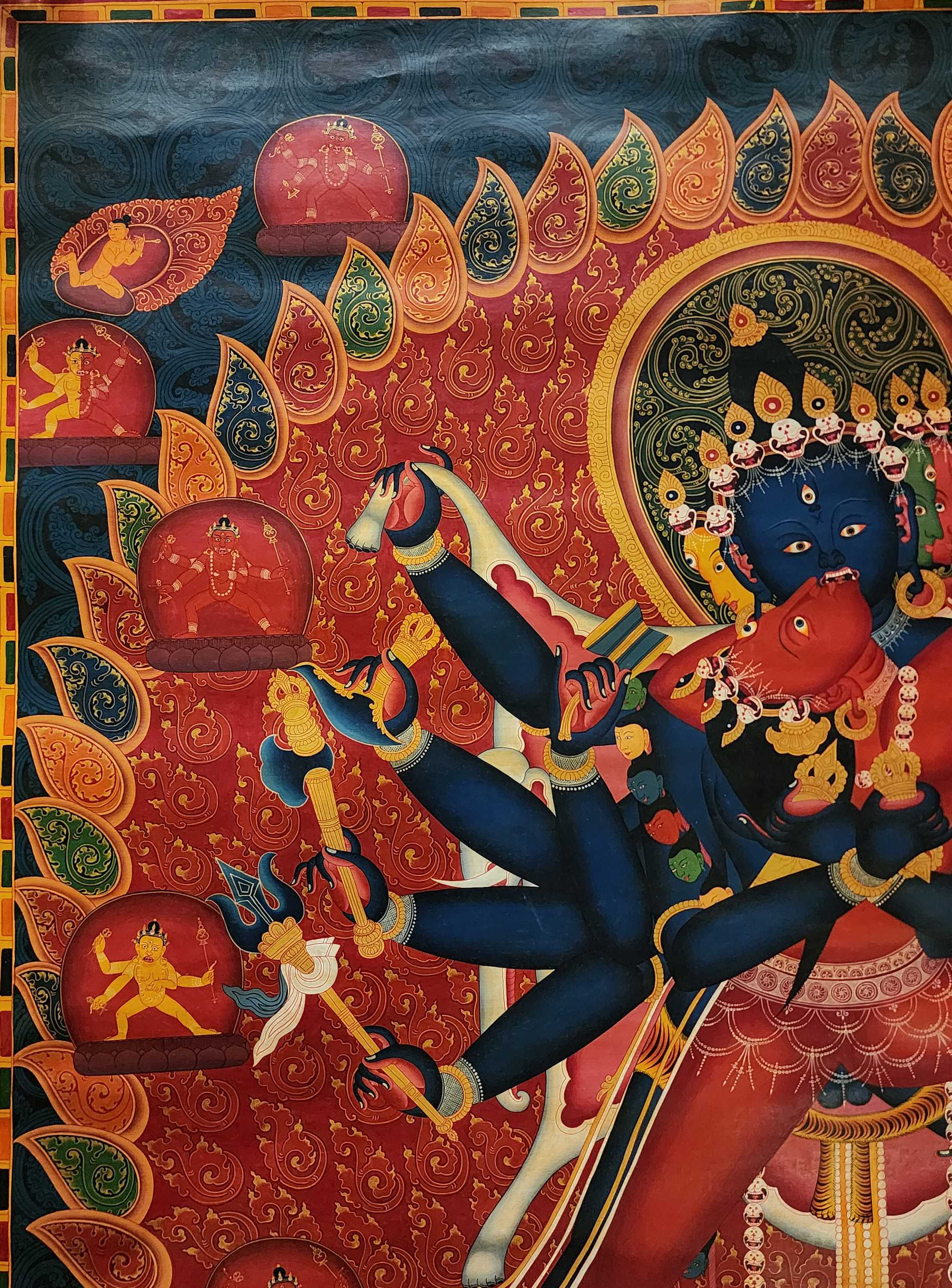 Newari Thangka, Buddhist Traditional Painting, Tibetan Style,
Newari Thangka, Buddhist Traditional Painting, Tibetan Style, 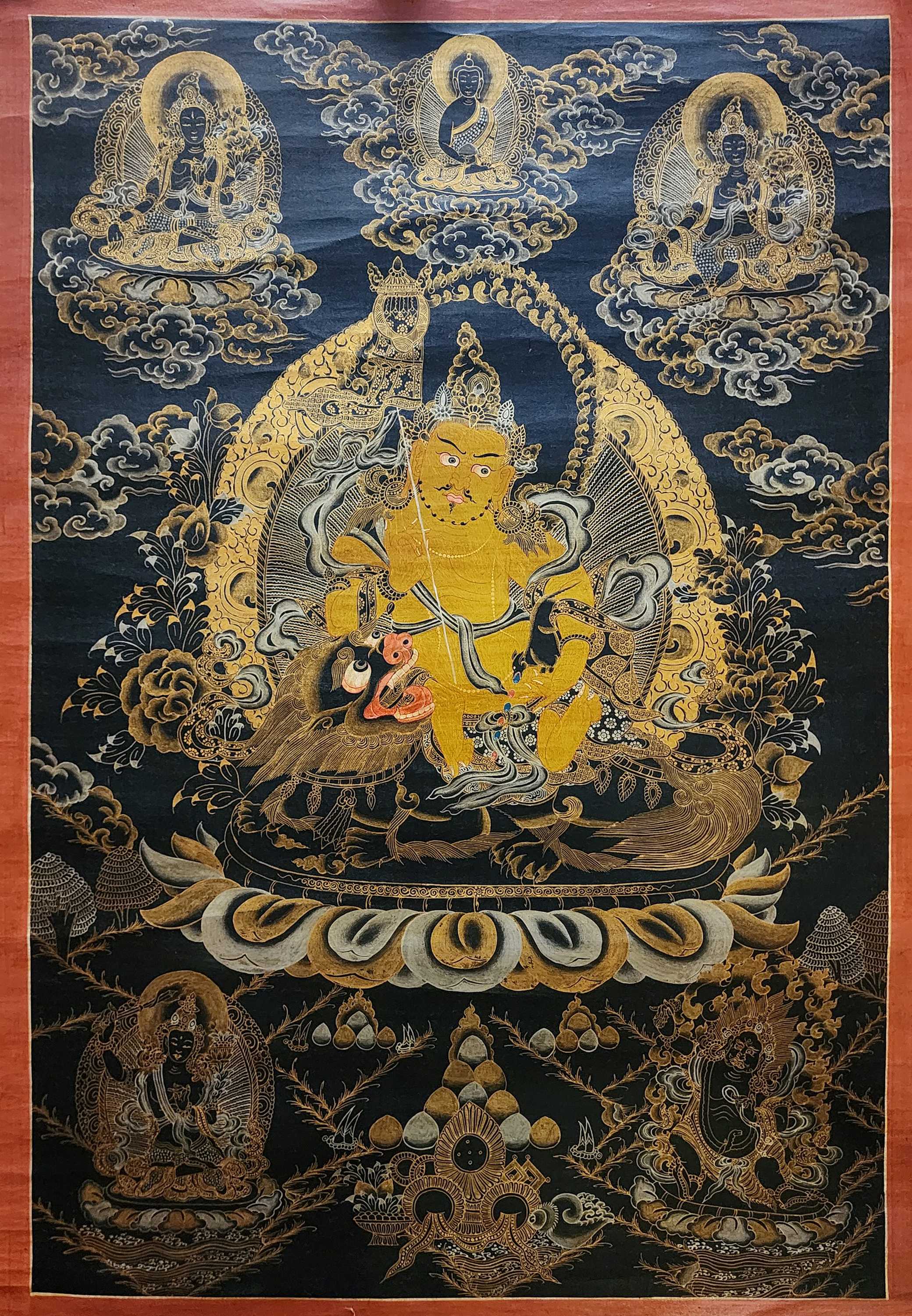 Real Gold,
Real Gold, 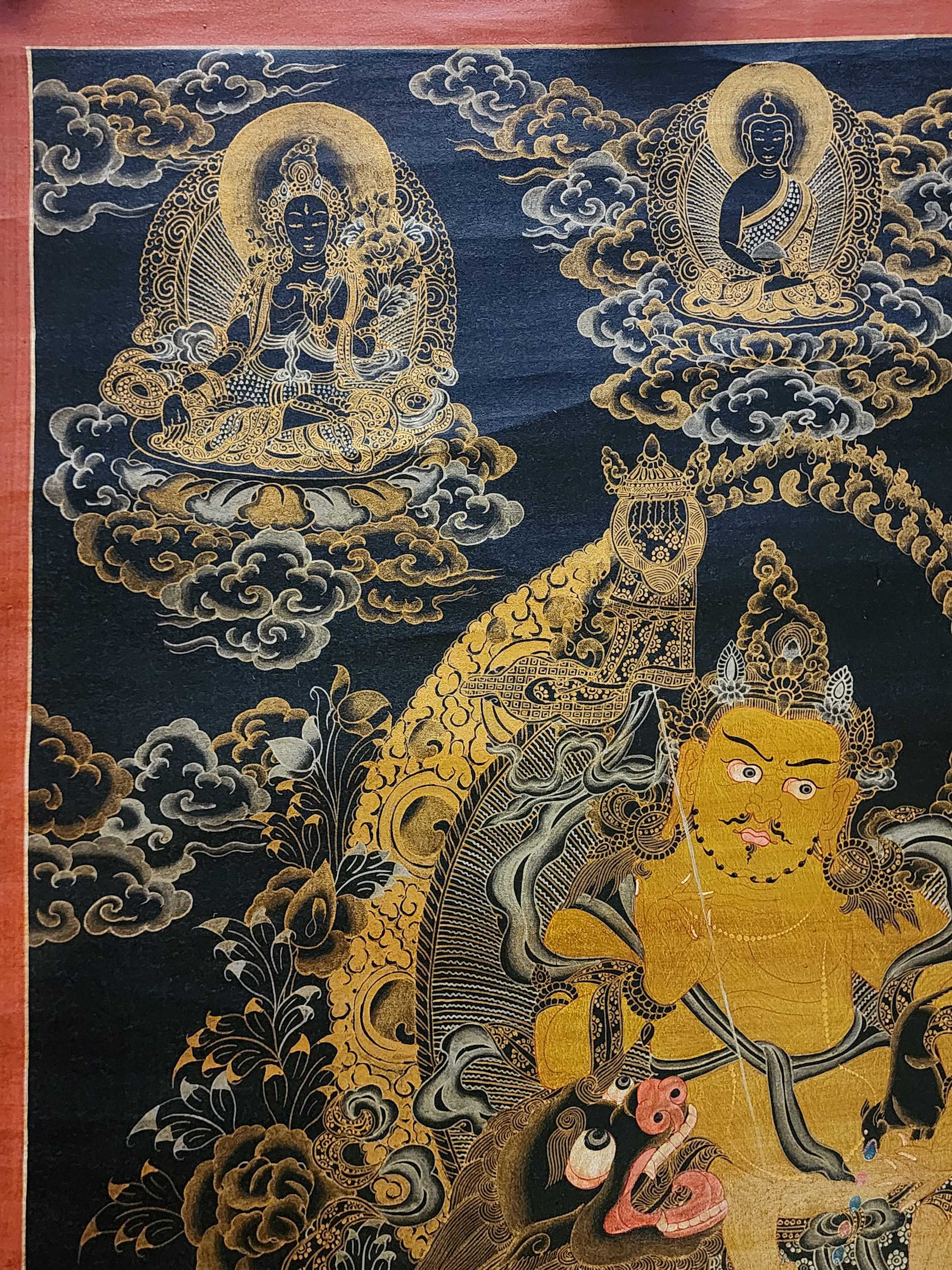 Real Gold,
Real Gold,  Old Stock, Mandala Thangka, Buddhist Handmade Thangka, Hand Painted, Antique, Real Gold" title="
Old Stock, Mandala Thangka, Buddhist Handmade Thangka, Hand Painted, Antique, Real Gold" title="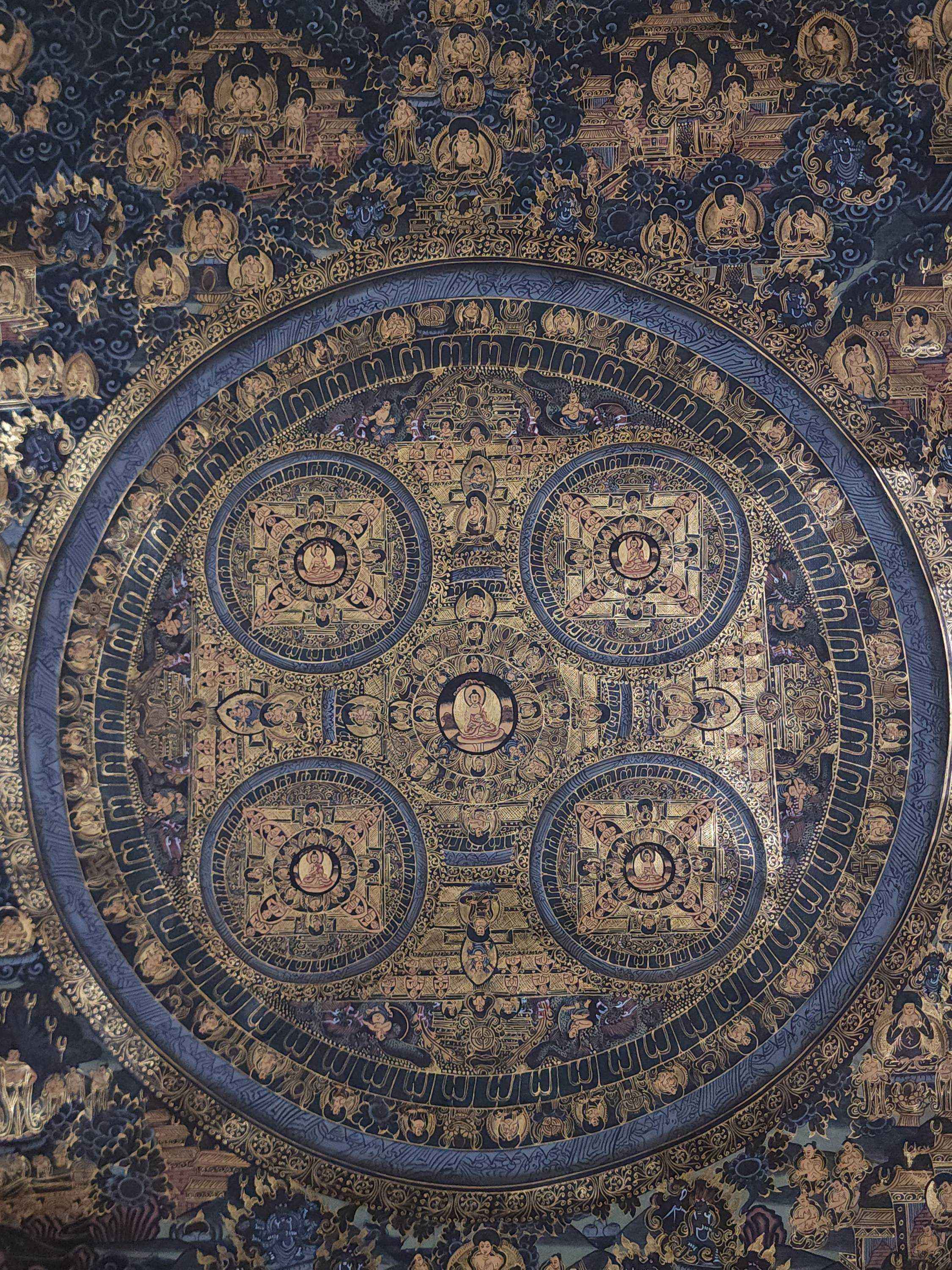 Old Stock, Mandala Thangka, Buddhist Handmade Thangka, Hand Painted, Antique, Real Gold" title="
Old Stock, Mandala Thangka, Buddhist Handmade Thangka, Hand Painted, Antique, Real Gold" title="